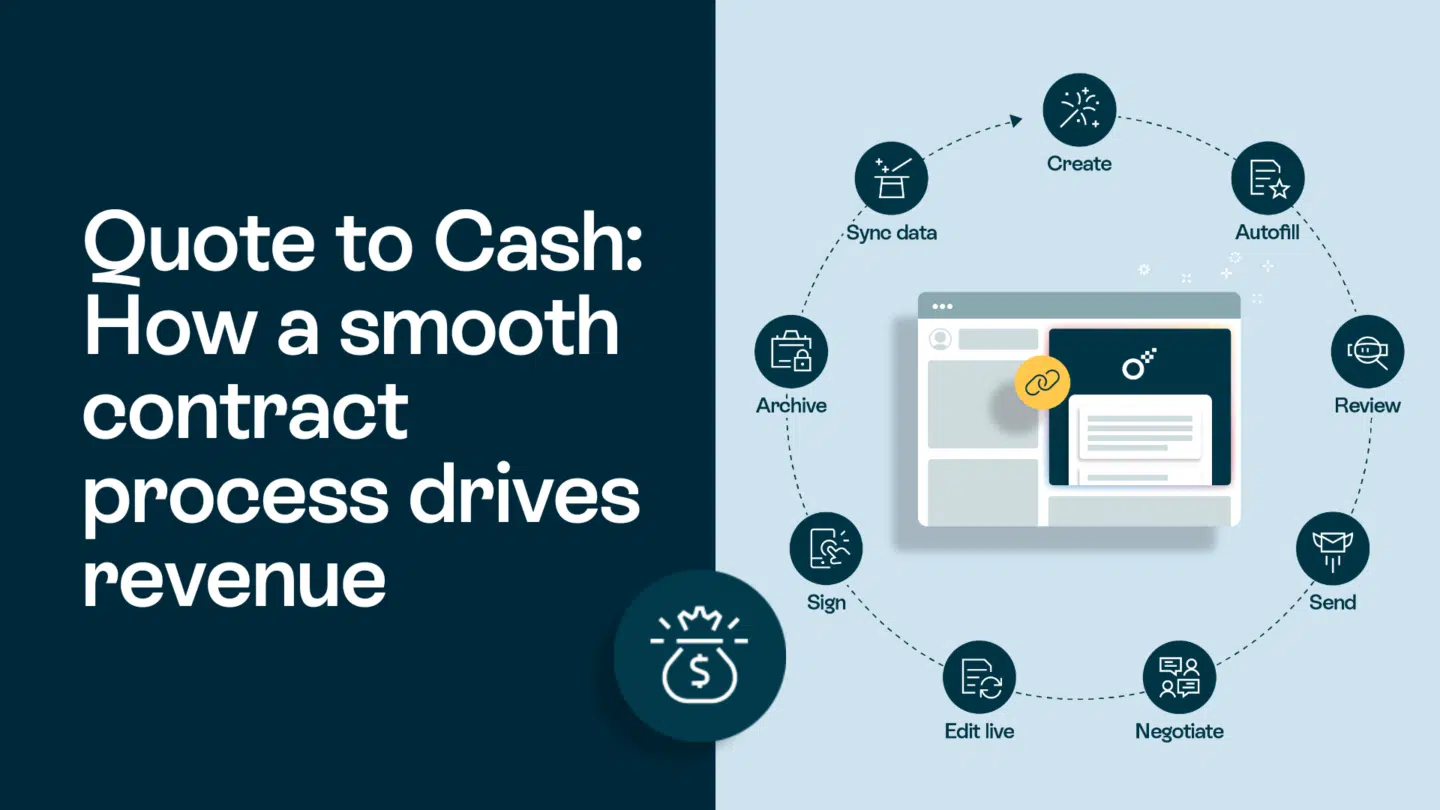In today’s increasingly digital world, remote signing has emerged as a powerful solution to streamline document processes. By enabling individuals to sign documents electronically from anywhere, remote signing offers convenience, security, and efficiency like never before. In this article, we will delve into the concept of remote signing and explore its importance, functionality, legal aspects, and the future it holds.
What exactly is remote signing?
Remote signing, also known as electronic signature or e-signature, refers to the process of signing a document digitally, without the need for physical presence or paper-based methods. With remote signing, individuals can authenticate and endorse legal documents, agreements, contracts, and other forms electronically, using their computer, smartphone, or tablet.
Remote signing has revolutionized the way businesses and individuals handle paperwork. It eliminates the need for printing, scanning, and mailing documents, making the process faster, more efficient, and environmentally friendly. By embracing remote signing, organizations can streamline their operations, reduce costs, and improve customer experience.
But how does remote signing actually work? Let’s delve into the technology behind this innovative process.
Read also: Electronic signature: The benefits and how it works

The technology behind remote signing
Remote signing relies on robust encryption technology and secure digital platforms to ensure the authenticity, integrity, and non-repudiation of electronically signed documents. Advanced cryptographic algorithms and digital certificates are used to create unique digital signatures that are legally binding and provide assurance of the signatory’s identity.
When a document is electronically signed, it undergoes a series of cryptographic processes to ensure its security. First, the document is hashed, which means it is transformed into a unique string of characters. This hash value acts as a digital fingerprint of the document, ensuring that any changes made to the document after signing will be detected.
Next, the signatory’s digital signature is created using their private key. This signature is unique to the signatory and is mathematically linked to the document’s hash value. It provides a way to verify the integrity of the document and the identity of the signatory.
To ensure the security of the digital signature, it is encrypted using the signatory’s public key. This encryption process ensures that only the signatory’s private key can decrypt and verify the signature. This way, even if the digitally signed document is intercepted during transmission, it remains secure and tamper-proof.
Furthermore, digital certificates play a crucial role in remote signing. These certificates are issued by trusted certification authorities and contain information about the signatory, including their public key. They serve as a digital ID card, verifying the authenticity of the signatory and ensuring that the digital signature can be trusted.
When a digitally signed document is received, the recipient can verify its authenticity by using the signatory’s digital certificate. By decrypting the digital signature using the signatory’s public key, the recipient can confirm that the document has not been tampered with and that it was indeed signed by the claimed signatory.
Why remote signing is more important today than ever
Benefits of remote signing for businesses
Remote signing brings numerous benefits to businesses of all sizes and industries. Firstly, it eliminates the need for printing, scanning, and mailing physical documents, saving time, resources, and reducing the carbon footprint. Additionally, it expedites the signing process, accelerating business workflows and closing deals faster. Moreover, remote signing enhances collaboration and enables seamless remote work, as team members can sign, share, and access documents from anywhere, anytime.
How remote signing enhances efficiency
Gone are the days of chasing signatures, waiting for courier deliveries, and dealing with lost paperwork. With remote signing, businesses can streamline their document processes, eliminating bottlenecks, reducing errors, and improving overall efficiency. By seamlessly integrating with existing document management systems, remote signing ensures a smooth workflow and enables real-time tracking of document status and progress.
Read also: All you need to know about Oneflow electronic signatures and the eIDAS regulation

How remote signing works
The process of remote signing
Remote signing involves a simple yet secure process. When a document needs to be signed, the sender uploads it to a secure electronic signature platform. The signatory then receives an email notification with a link to access the document. After reviewing the document, the signatory electronically signs it using their unique digital signature. The platform records the signing event, captures the necessary audit trail, and provides a signed copy of the document to all parties involved.
Security measures in remote signing
Security is paramount in remote signing. Electronic signature platforms employ industry-standard security measures such as data encryption, secure authentication protocols, and secure storage to ensure the privacy and integrity of signed documents. Additionally, some platforms offer advanced features like multi-factor authentication, biometric verification, and tamper-proofing mechanisms to further enhance security.
Legal aspects of remote signing
Legal validity of remote signatures
Remote signatures enjoy legal recognition in many jurisdictions worldwide. Legislation such as the Electronic Signatures in Global and National Commerce Act (ESIGN Act) in the United States and the eIDAS Regulation in the European Union establish the legal validity of electronic signatures, including remote signatures, under specific conditions. Compliance with legal requirements and industry standards is crucial to ensure the enforceability of remote-signed documents.
International laws and regulations on remote signing
As remote signing transcends geographical boundaries, international laws and regulations come into play. Various international conventions and agreements, such as the United Nations Commission on International Trade Law (UNCITRAL) Model Law on Electronic Signatures, aim to harmonize legal approaches to electronic signatures globally. It is essential for businesses and individuals engaging in remote signing to understand the legal frameworks applicable to their specific jurisdiction.
Read also: How to convert a signature to an e-signature?

Future of remote signing
Trends shaping the future of remote signing
The future of remote signing looks promising, with several trends shaping its evolution. Firstly, the increasing adoption of cloud technology enables seamless access to electronic signature platforms on any device, further enhancing convenience and flexibility. Secondly, the integration of remote signing with emerging technologies like blockchain and artificial intelligence offers heightened security and automation capabilities. Lastly, the ongoing digital transformation across industries is driving the demand for remote signing solutions, making it an essential part of the modern business landscape.
Potential challenges and solutions for remote signing
While remote signing has significant advantages, it is not without its challenges. One key challenge is ensuring the security and integrity of remote-signed documents, especially in the face of evolving cyber threats. To address this, continuous advancements in encryption technologies, vulnerability assessments, and security audits are crucial to maintaining trust and confidence in remote signing. Additionally, ongoing harmonization efforts across legal systems and further standardization will facilitate cross-border acceptance and interoperability of remote signatures.
The key takeaways
Remote signing has revolutionized the way businesses and individuals sign and manage documents. With its inherent advantages of convenience, efficiency, and security, remote signing has become an indispensable tool in today’s digitally-driven world. As more legal frameworks evolve and technology continues to advance, remote signing is set to become even more prevalent, transforming how we handle paperwork and shaping the future of document signing.








